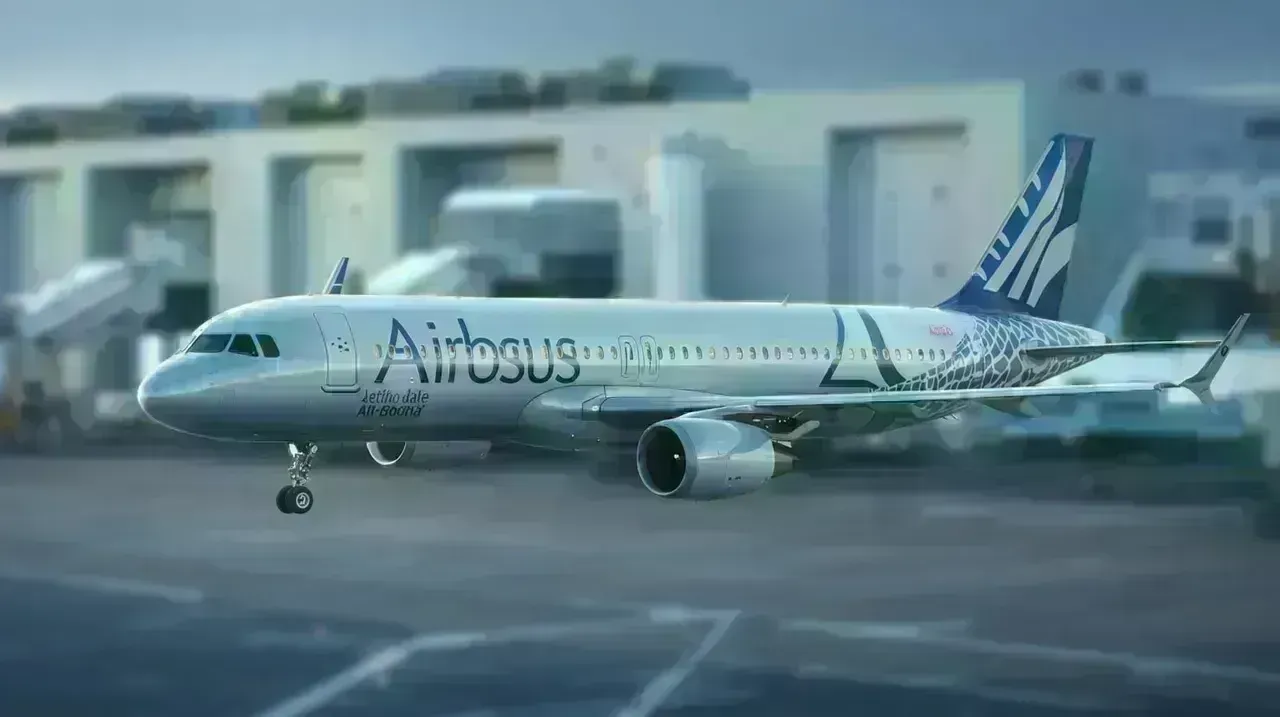
Post by : Meena Rani
On an otherwise ordinary Tuesday in early 2025, Airbus made an announcement that reverberated across global financial markets, airline boardrooms, and aerospace engineering labs alike: the European aerospace giant would increase monthly production of its bestselling A320neo family to 75 aircraft by 2027. This wasn’t just a production target—it was a declaration of industrial confidence, a bet on the full recovery of global air travel, and a strategic maneuver in one of the most fiercely contested duopolies in modern industry.
The A320 family, launched in 1987, has sold over 18,000 units and delivered more than 11,000 as of 2025. The A320neo (“new engine option”), introduced in 2016, represents the third generation of this legendary narrowbody platform. Powered by either CFM International LEAP-1A or Pratt & Whitney PW1100G-JM geared turbofan engines, the neo variant delivers up to 20% better fuel efficiency than its predecessor, making it the aircraft of choice for low-cost carriers, legacy airlines, and leasing companies alike.
But scaling production from the current rate of approximately 60 aircraft per month to 75—a 25% increase—is not merely a matter of adding assembly lines. It requires synchronized excellence across five final assembly lines in four countries, coordination with over 2,000 suppliers, retraining of thousands of workers, and billions in capital expenditure. This 9,000-word analysis dissects every layer of this ambitious plan.
The A320 story begins in the early 1980s, when Airbus—then a consortium of European aerospace firms—sought to challenge Boeing’s dominance in the 150-seat narrowbody segment. The A320, certified in 1988, introduced several industry firsts: fly-by-wire controls, side-stick controllers, and a common type rating across the A320/A321/A319 family. These innovations reduced pilot training costs and increased operational flexibility for airlines.
By 2000, the A320 family had captured 50% of the global narrowbody market. The introduction of the A320neo in 2010 was a response to rising fuel prices and environmental regulations. The neo program cost $1.5 billion to develop but generated over $2 trillion in revenue potential through backlog orders.
As of November 2025, the A320neo family has a backlog of 7,800 aircraft, representing more than 10 years of production at current rates. This backlog is the strongest vote of confidence any commercial aircraft program has ever received and the primary driver behind the 75/month target.
Airbus operates five A320 family Final Assembly Lines (FALs): Hamburg, Germany (started 2008, monthly capacity 30, primary models A320/A321); Toulouse, France (started 1988, monthly capacity 18, primary models A320/A319); Mobile, Alabama, USA (started 2016, monthly capacity 7, primary models A320/A321); Tianjin, China (started 2009, monthly capacity 6, primary model A320); Hamburg A321 XLR Line (started 2022, monthly capacity 2, primary model A321XLR).
Combined, these facilities deliver approximately 60 aircraft per month in 2025. The target of 75 requires an average increase of 3 aircraft per month per FAL—a deceptively simple number that masks enormous complexity.
The COVID-19 pandemic exposed the fragility of just-in-time aerospace supply chains. From 2020 to 2023, Airbus was forced to cut A320 production to as low as 40 aircraft per month. Key bottlenecks included engine delays from Pratt & Whitney, cabin monument shortages (seats, galleys, lavatories), titanium and composite material constraints, and labor shortages in Tier-1 suppliers.
By mid-2024, Airbus launched the “Supply Chain Resilience Program (SCRP),” a €2.1 billion initiative involving dual-sourcing critical components, vertical integration of high-risk suppliers, digital twin technology for real-time supply visibility, and long-term contracts with 10-year pricing locks.
As of Q3 2025, 97% of Tier-1 suppliers are back to pre-COVID lead times. This stability is the conditio sine qua non for the 75/month target.
Airbus is deploying Industry 4.0 technologies across its FALs, including Automated Guided Vehicles (AGVs) with 400+ units in Hamburg reducing logistics time by 30%, pulse line assembly that increases throughput by 15%, AI-driven quality control detecting 99.8% of surface defects, and additive manufacturing with 1,200 3D-printed parts per aircraft (up from 300 in 2020).
The Hamburg FAL 4.0, fully operational since January 2025, produces one A320 every 5.5 hours—a 20% improvement over 2023.
Ramping to 75/month requires 12,000 additional workers by 2027. Airbus’ strategy includes the Airbus Academy training 8,000 new hires annually in VR-based simulations, apprenticeship programs with German Berufsschulen and French CFA, global talent mobility relocating 2,500 experienced workers from Toulouse to Mobile, and diversity targets aiming for 40% female workforce in production by 2030.
The average training time for a new fuselage assembler has been reduced from 18 months to 9 months using gamified digital modules.
Global air traffic (RPKs) surpassed 2019 levels in Q2 2025 for the first time. Key demand drivers include Asia-Pacific (+18% RPK growth, 420 A320neo orders), North America (+9%, 180 orders), Europe (+7%, 140 orders), and Middle East (+12%, 110 orders). Major 2025 orders were placed by IndiGo (200), easyJet (156), Delta (100), and China Southern (96).
Boeing targets 50 MAX/month by 2026 but faces ongoing FAA scrutiny post-2024 Alaska Airlines incident. Airbus’ production lead (60 vs. 42) and shorter delivery slots (3–5 years vs. 6–8) give it a decisive edge. Emerging competitors such as Comac C919 and UAC MC-21 remain regional players with limited Western certification.
Each A320neo has a list price of $110–130 million (average transaction ~$55M). At 75/month, this translates to annual deliveries of 900 aircraft, annual revenue of approximately $49.5 billion, and a target EBIT margin of 12%, equating to roughly $5.9 billion in profit. Capital expenditure is projected at €4.8 billion for FAL upgrades (2025–2027), offset by €1.2 billion annual free cash flow from increased volume.
The A320neo burns 5,000 fewer tons of fuel per year per aircraft compared to the ceo. At 900 annual deliveries, this results in an annual CO₂ reduction of 14.2 million tons, equivalent to removing 3.1 million cars from roads. Airbus’ “ZEROe” hydrogen program targets a 2035 entry-into-service, but the neo remains the bridge to net-zero aviation.
Geopolitical risks include titanium supply from Russia (mitigated via Canada/Australia sourcing). Engine durability is managed through PW GTF inspections, while labor strikes are addressed via multi-year wage agreements in France and Germany. Economic downturns can be mitigated by flexible production, capable of throttling to 65/month if needed.
Airbus has not ruled out 80–85/month by 2030, contingent on a new FAL in India or Vietnam, doubling A321XLR production to 20/month, and full automation of wing joining targeted for 2032.
The journey to 75 A320s per month is more than an industrial milestone—it is a testament to human ingenuity, global collaboration, and the enduring demand for air travel. When the first aircraft rolls off the enhanced Hamburg FAL in early 2027, it will carry not just passengers, but the aspirations of an industry reborn.
“We are not just building aircraft. We are building the future of flight.”
— Guillaume Faury, CEO, Airbus
#Airbus #A320neo #AircraftProduction #AviationNews #SupplyChain #CommercialAviation #Aerospace #Boeing737MAX #SustainableAviation #Airbus2027



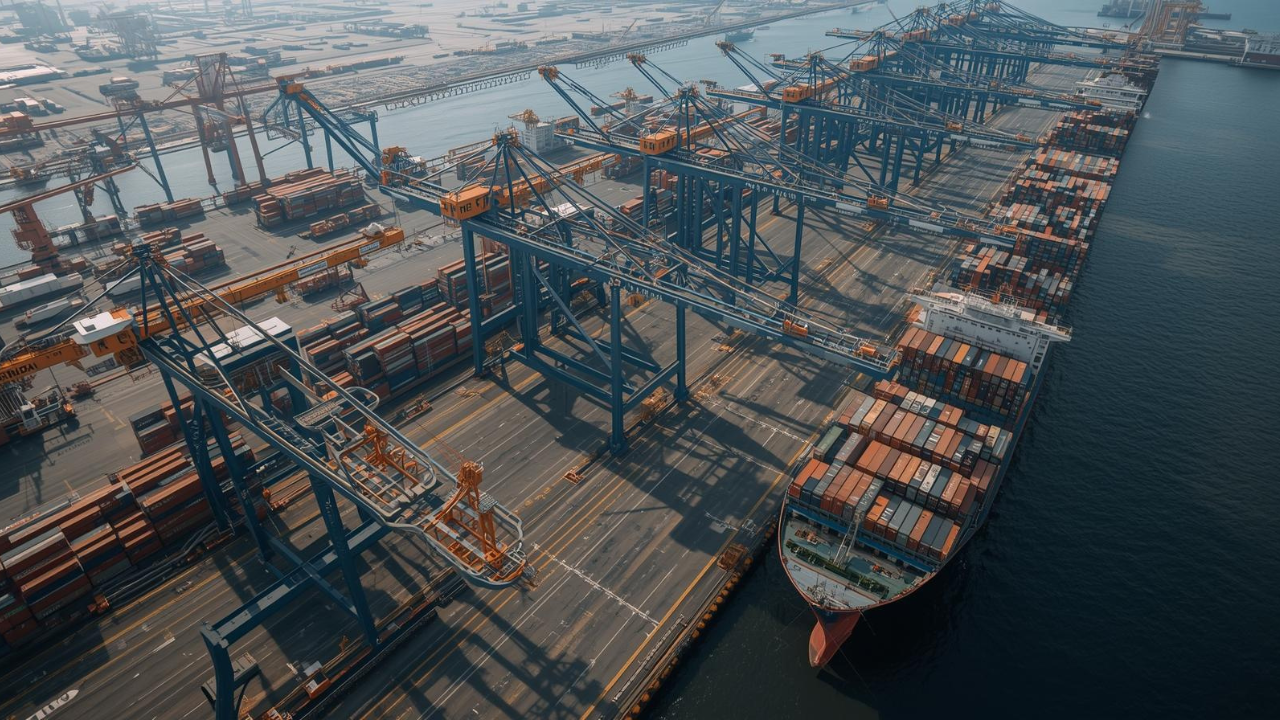





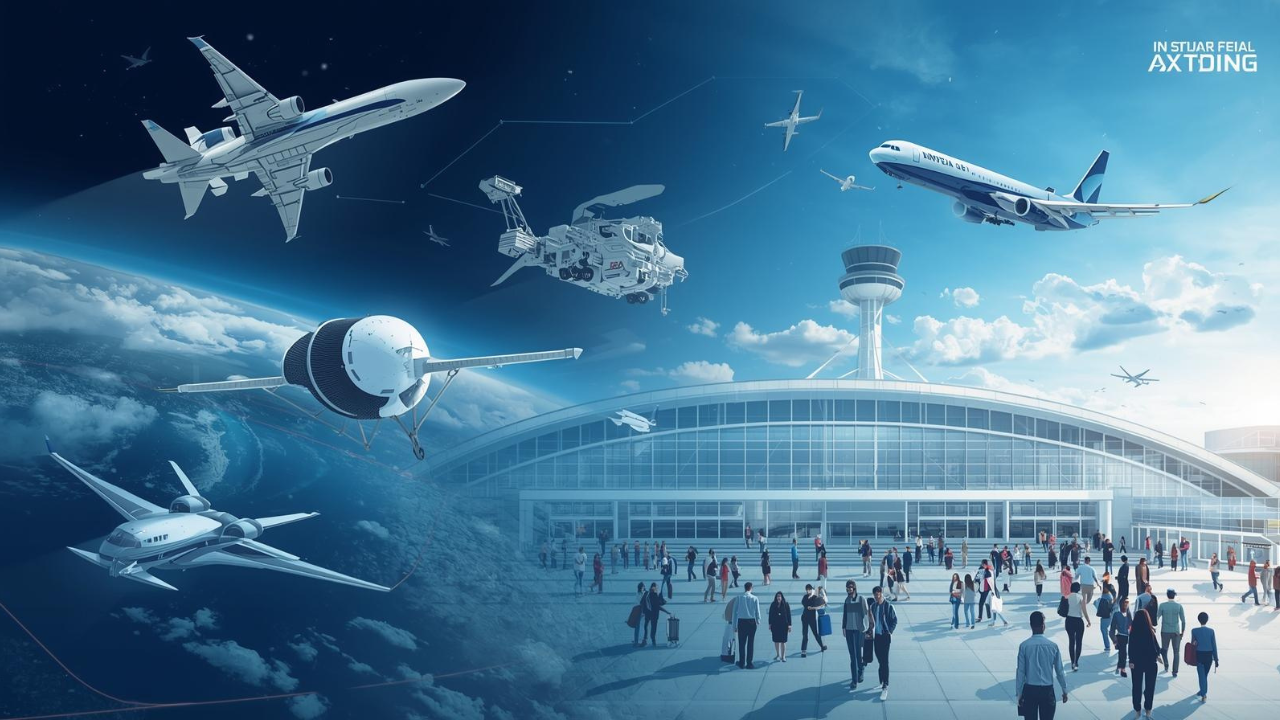
Advances in Aerospace Technology and Commercial Aviation Recovery
Insights into breakthrough aerospace technologies and commercial aviation’s recovery amid 2025 chall
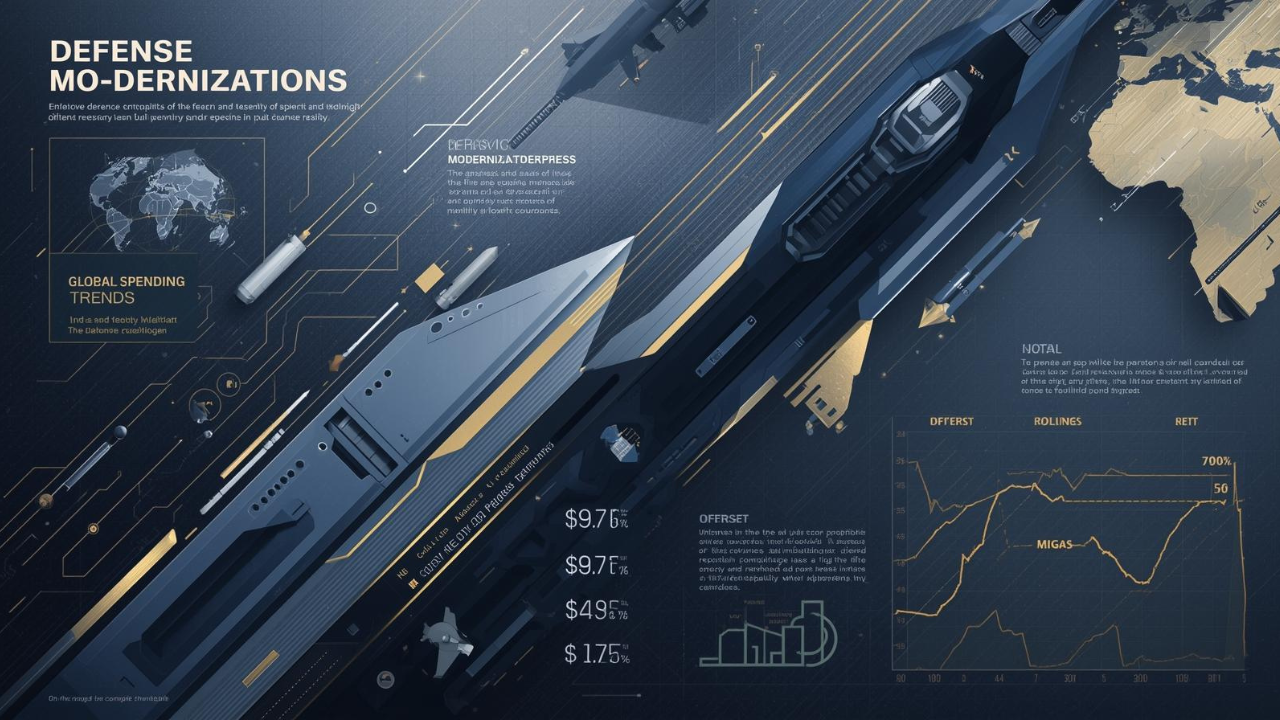
Defense Modernization and Strategic Spending Trends
Explore key trends in global defense modernization and strategic military spending shaping 2025 secu

Tens of Thousands Protest in Serbia on Anniversary of Deadly Roof Collapse
Tens of thousands in Novi Sad mark a year since a deadly station roof collapse that killed 16, prote

Canada PM Carney Apologizes to Trump Over Controversial Reagan Anti-Tariff Ad
Canadian PM Mark Carney apologized to President Trump over an Ontario anti-tariff ad quoting Reagan,

The ad that stirred a hornets nest, and made Canadian PM Carney say sorry to Trump
Canadian PM Mark Carney apologizes to US President Trump after a tariff-related ad causes diplomatic
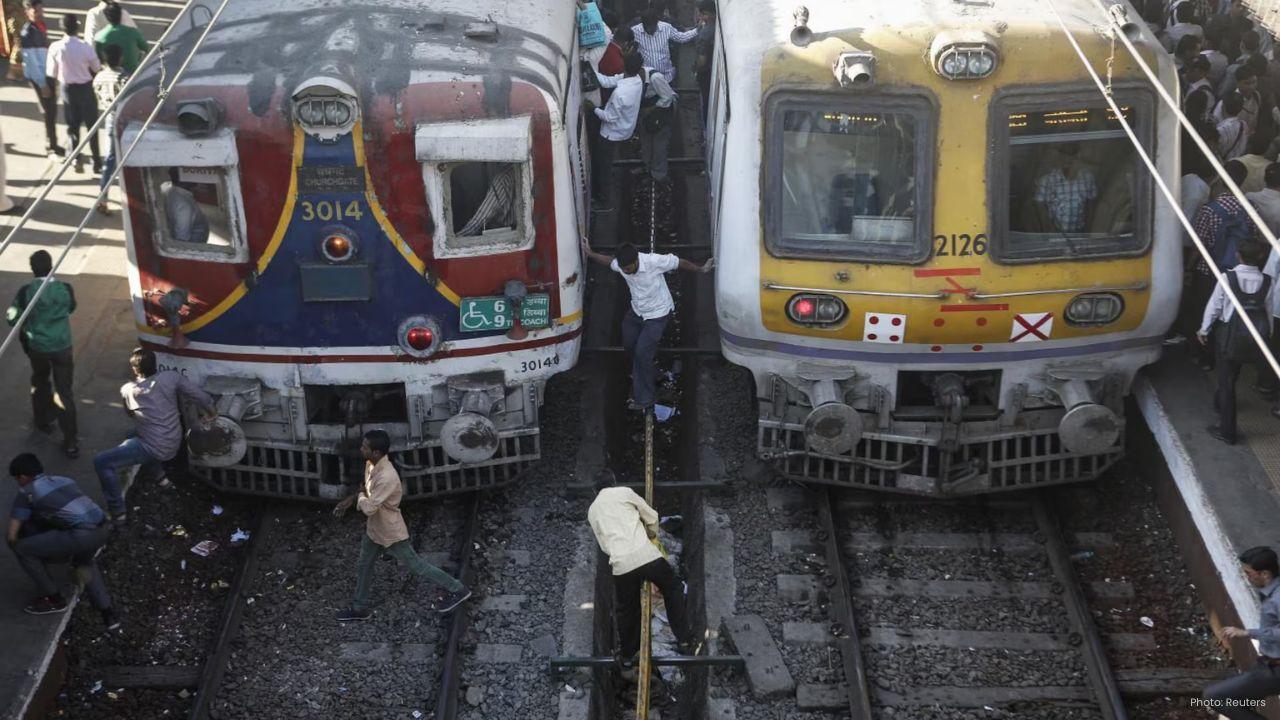
Bengaluru-Mumbai Superfast Train Approved After 30-Year Wait
Railways approves new superfast train connecting Bengaluru and Mumbai, ending a 30-year demand, easi